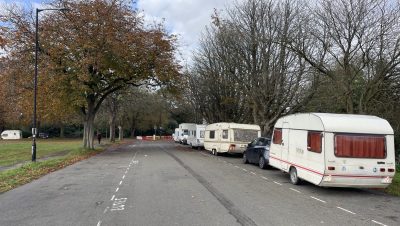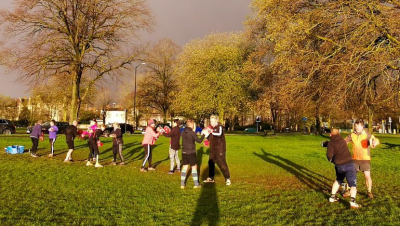News / Housing
Developers slam council’s plan for 35,000 homes
Developers have slammed Bristol City Council’s massive plan for 35,000 new homes as a marathon inquiry begins.
The Local Plan includes building 34,650 homes over the next 15 years, which still might not be enough to meet the huge forecasted demand for housing.
As well as new homes, the Local Plan sets out where jobs, roads, schools and shops should be built up until the year 2040. Around 1,925 new homes will be built each year on average, mostly on previously developed ‘brownfield’ sites, with some in the countryside on the city’s outskirts.
is needed now More than ever
In a large windowless room on the top floor of the M Shed museum, property developers faced off three council chiefs, as a government planning inspector grilled them on the work leading up to their Local Plan.
The public examination will last for seven weeks, covering everything from how many new homes are needed, where they should go and the wider impacts on the city.

The council’s Local Plan still might not be enough to meet the huge forecasted demand for housing – photo: Hannah Massoudi
The public examination began on Tuesday, exploring how Bristol worked together with neighbouring councils on sharing the load of housing demand. For several years, Bristol tried to work with South Gloucestershire and Bath and North East Somerset on distributing the new homes needed to meet the forecasted growth in population, with two major attempts failing.
The last of these ended calamitously in May 2022, as fraught talks on the so-called spatial development strategy broke down.
South Gloucestershire Council rejected calls for the district to take a large number of new homes to meet Bristol’s housing numbers that wouldn’t fit within the city. Since then, talks between the councils have been ongoing but without a commitment.

Crest Nicholson, who have developments across the city, including in Stoke Gifford, were one of the developers in attendance at the meeting – photo: Crest Nicholson
Colin Chapman, deputy head of planning at Bristol City Council, said he regularly met with counterparts from South Gloucestershire and Bath and North East Somerset, who “felt like family”.
He said they were committed to working together on housing numbers, but could not say they were committed to taking Bristol’s “unmet need”, meaning the extra homes the city needs.
This was challenged by housing developers, who criticised the “passive approach” taken by Bristol. Joanne Harding from the Home Builders Federation, a trade association, said she had serious concerns about Bristol’s ability to build enough homes to meet the city’s needs.
She said: “These aren’t theoretical homes and people, these are actual people who need the homes. There are real issues if these aren’t met: increasing rents, increasing waiting lists. They haven’t shown how they are going to meet it. Where are these homes going to go?”
Richard Grant from Crest Nicholson, a housebuilding company, added: “There’s a history of Bristol asking for help and not being given it. Bristol has asked the question, but not shown the leadership. The local authorities are finding ways to not meet the need, rather than address it.”
The public examination is a key part of the process in agreeing a Local Plan. The main test is the government’s inspectors checking whether the huge document is “sound”, while developers and environmental campaigners have the chance to raise any concerns or point out any flaws.
Another issue was a lack of cooperation between the council and the University of the West of England, which has been rapidly expanding for the past few years.
Many students in their second and third years prefer to live closer to the city centre rather than at the Frenchay campus, creating extra demand for student accommodation.
Main photo: Alex Seabrook
Read next:
 Our newsletters emailed directly to you
Our newsletters emailed directly to you




















